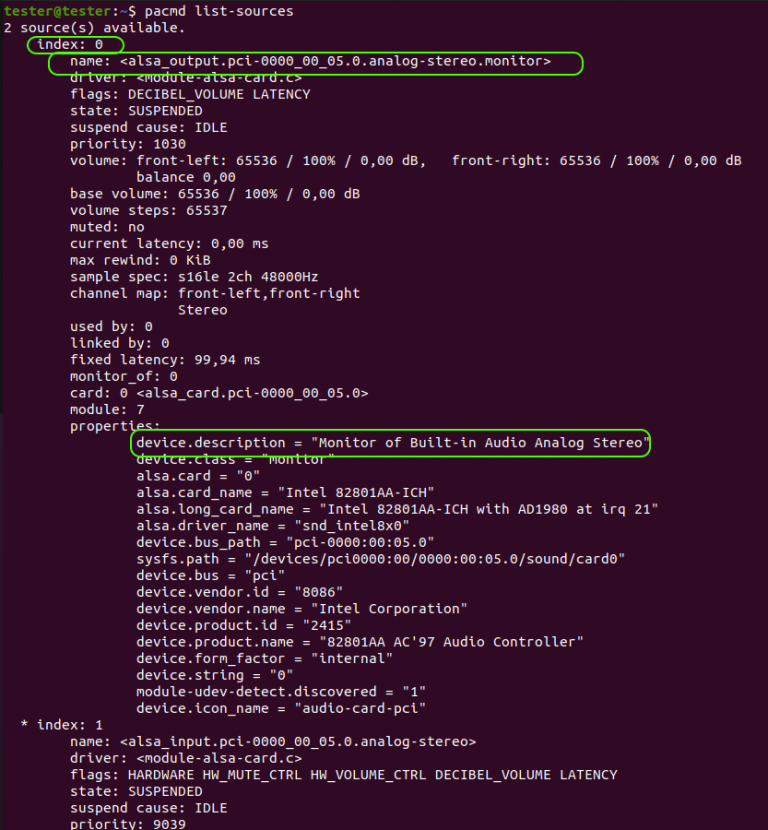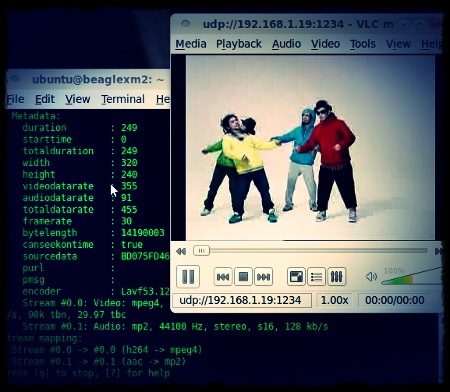

Those of us working with open source typically use “community” to describe people who support an open source project by submitting code. The NGINX Community Is Coming Together During the COVID-19 Pandemic Since joining the NGINX team as a product manager, I’ve had the pleasure of seeing that commitment in action and gotten to work more deeply with the community. That feeling was confirmed when, in one of our first joint meetings, NGINX employees discussed something deeply important to me: their commitment to the “community”.

I’d appreciate if you would lead me to right direction.I was thrilled when F5 announced the purchase of NGINX a year ago, because as a longtime F5er, I knew NGINX was a perfect fit. When the last segment of the first file is about to end, it gives “non-monotonous dts in output stream” and stream stops so I can not watch the second video file. segment_list “/var/www/html/playlist.m3u8” \ c:v copy -preset:v fast -c:a copy -strict experimental \ (One of them is 720p,25fps, other one is 576p,24fps but different sar-dar value than that of the 1st file, third one is 480p,24fps) In my case, my objective is to create a live stream from video files but I cant get a transition between video files with different fps,resolution,sar-dar parameters.ġ.txt file consists of three mp4 files with different resolution,sar,dar,fps parameters. In part 2 we’ll look at how to segment video using ffmpeg’s hls muxer. In this example, the segments will be named fileSequence0.ts, fileSequence1.ts, and so on.Īnd that’s how you process a video for streaming with HLS using ffmpeg. There are other examples in the book, including how to use ffmpeg to segment a live video stream, so if you want to learn how, buy your copy today. The %d will be replaced with the current sequence number. The last argument passed to ffmpeg is the path to where the segments should be written it contains a format specifier ( %d) similar to those supported by the printf function in C. We can specify the segment duration with the -segment_time option. We use ffmpeg‘s segment muxer to segment the video. "/Library/WebServer/Documents/vod/fileSequence%d.ts"

segment_list "/Library/WebServer/Documents/vod/prog_index.m3u8" \ Here’s the equivalent of the command above using ffmpeg: $ ffmpeg -y \ Given a video as input, it will divide it into segments and create a playlist for us. However, recent versions of ffmpeg can also output HLS compatible files.

Unfortunately, Apple’s tools will only work on a Mac. This command takes the video ( sample.mov) and writes out the segments and the playlist to the /Library/WebServer/Documents/vod directory. Here’s an example using mediafilesegmenter: $ mediafilesegmenter -f /Library/WebServer/Documents/vod sample.mov In the book I use Apple’s HTTP Live Streaming tools to do this. To stream video with HLS, you need to divide your video into segments of a fixed duration and add them to a playlist.


 0 kommentar(er)
0 kommentar(er)
